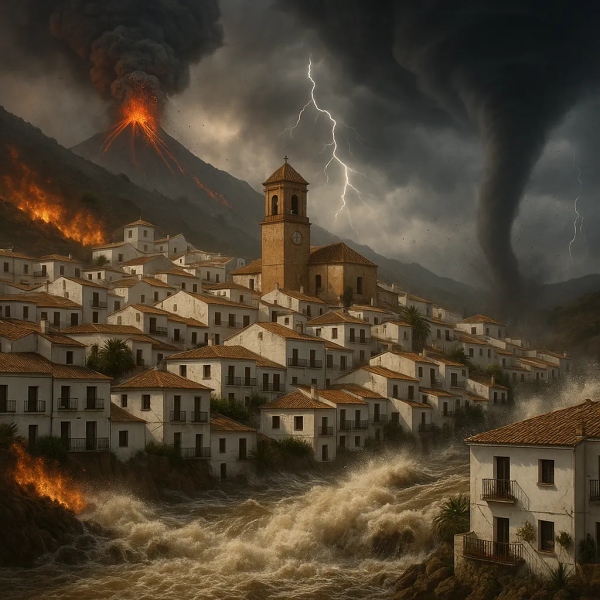
If you own property in Spain, you probably understand the importance of having insurance coverage to protect your investment. However, even the best insurance policies can't always protect you from unexpected events like earthquakes, floods, and other natural disasters. That's where the Consorcio de Compensación de Seguros (CCS) comes in.
The CCS is a public entity in Spain that was established in 1954 to ensure that everyone in the country has access to insurance coverage for certain...
read more